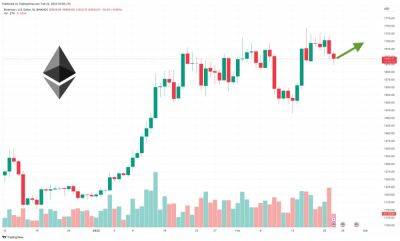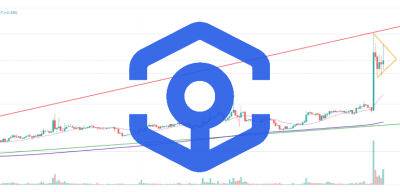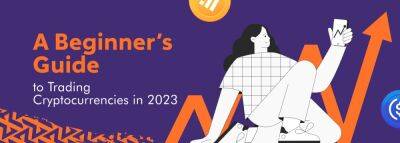Stablecoin data points to ‘healthy appetite’ from bulls and possible Bitcoin rally to $25K
Bitcoin (BTC) rallied 11% between Jan. 20 and Jan. 21, reaching the $23,000 level and shattering bears' expectations for a pullback to $20,000. Even more notable is the move brought demand from Asia-based retail investors according to data from a key stablecoin premium indicator.
Traders should note that the tech-heavy Nasdaq-100 index also gained 5.1% between Jan. 20 and Jan. 23, fueled by investors' hope in China reopening for business after temporary shutdowns caused by the CCP’s virus contagion measures and weaker than expected economic data in the U.S. and the Eurozone.
Another bit of bullish information came on Jan. 20 after U.S. Federal Reserve governor Christopher Waller reinforced the market expectation of a 25 basis point interest rate increase in February. A handful of heavyweight companies are expected to report their latest quarterly earnings this week to complete the puzzle, including Microsoft, IBM, Visa, Tesla and Mastercard.
In essence, the central bank is aiming for a "soft landing," or a controlled decline of the economy, including job openings and inflation. However, if companies struggle with their balance sheets due to the increased cost of capital, earnings tend to nosedive, and ultimately the layoffs will be much higher than anticipated.
On Jan. 23, on-chain analytics firm Glassnode pointed out that long-term Bitcoin investors held losing positions for over a year, so those are likely more resilient to future adverse price movements.
Let's look at derivatives metrics to better understand how professional traders are positioned in the current market conditions.
The USD Coin (USDC) premium is a good gauge of China-based crypto retail trader demand. It measures the difference between China-based
Read more on cointelegraph.com










![Is whale interest in Cardano [ADA] enough to sustain its bull rally? - ambcrypto.com - city Santiment](https://gocryptonft.com/storage/thumbs_400/img/2023/2/22/89244_5okka.jpg)




![Bitcoin [BTC]: How Ordinals and miners catapulted prices - ambcrypto.com - city Santiment](https://gocryptonft.com/storage/thumbs_400/img/2023/2/22/89237_r5ahz.jpg)




